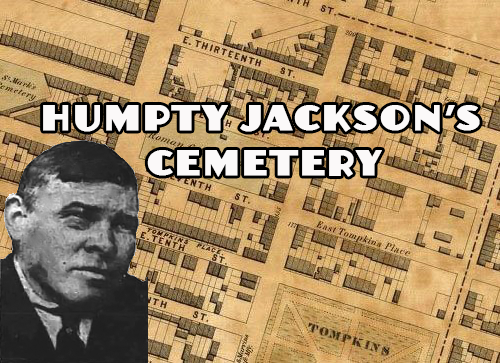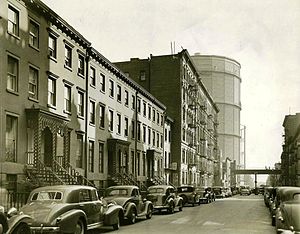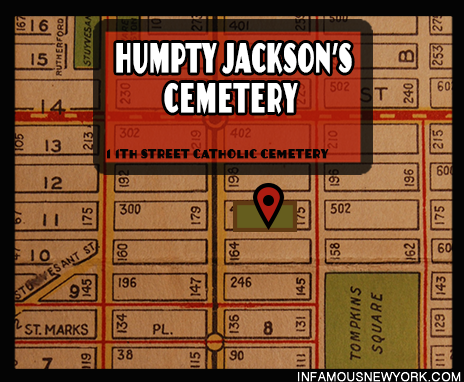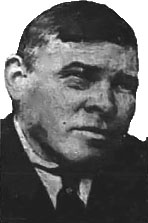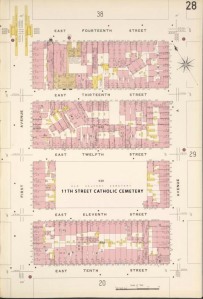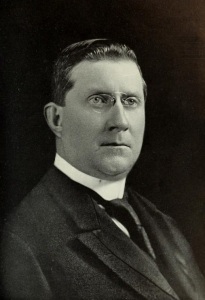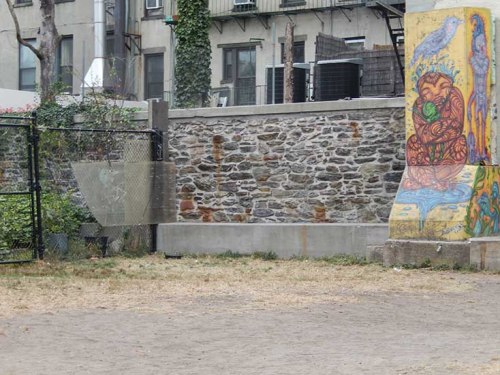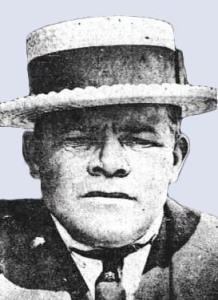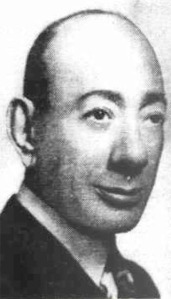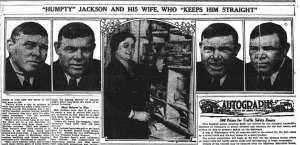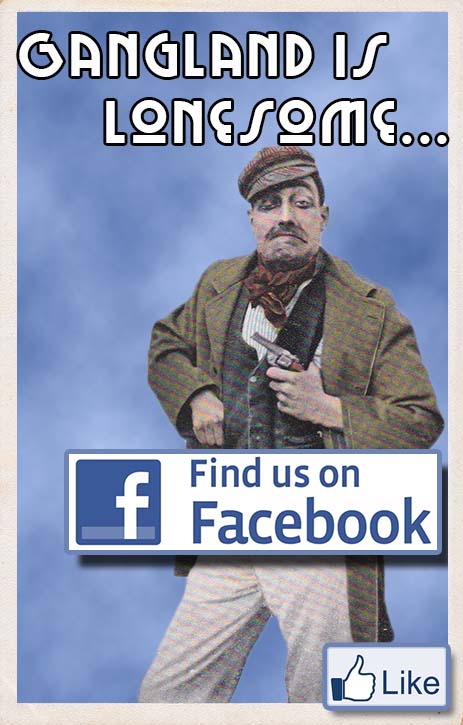Organized, politically connected and deadly, by the 1870s the gangs of New York had metastasized from leaderless hordes of criminals of the Civil War era into a cancerous pox, directed and controlled by New York’s political machine, Tammany Hall. With names like the Dead Rabbits, the Whyos, The Monk Eastmans, and The Five Pointers, gangs became a hallmark of New York politics in the early 20th Century.
Under Tammany Hall’s Bowery Assembly leader, Big Tim Sullivan, organized crime emanated out of the Five Points, spreading throughout the slums of Manhattan. In exchange for getting out the vote on election day- with smashed ballot boxes, repeat voters and general mayhem, gangsters could rely on Tammany’s lawyers and corrupt judges to keep them well armed and out of jail.
Allow this map and Gangs of New York walking tour to take you back to a time when gang warfare plagued the cobblestones of New York.
1 The Cradle of the Gangs: The Five Points
Mosco St.
Named for the intersection of five streets which no longer exist, the Five Point was America’s first and worst slum. Comprised of Mulberry St., Anthony St. (now Worth St.), Cross St. (now Mosco), Orange St. (now Baxter), and Little Water St. (no longer exists), a tiny garbage packed square, known as Paradise Square, was located at the intersection of the Five Points.
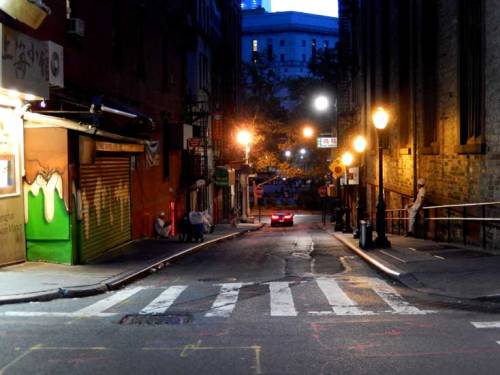
Originally called Cross St., Mosco Street is one of the last remaining blocks that made up the Five Points ghetto.
Born and raised in the Five Points, Big Tim Sullivan grew up in a Five Points saloon, despite the fact that he never drank a drop of booze in his life. As a child he became a prominent newsy and with the help of local politician Fatty Walsh, Sullivan opened a bar in the heart of the Five Points, which became regular hangout of the Whyos.

The Domain of the Whyos, the Corner of Mulberry Bend and Mosco Street in the old Five Points.
2 Mulberry Bend
Click for the complete story of Mulberry Bend
For generations, the New York underworld gathered in the Mulberry Bend, a maze of back alleys. From the Dead Rabbits and the Whyos to the Gambino Crime Family, the Bend’s horrific conditions incubated the gangs of New York.
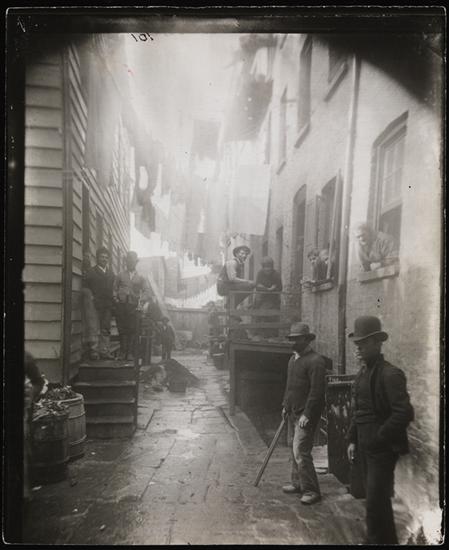
In the 1880s, Mulberry Bend represented one of the worst slums in world. This a Jacob Riis photo of Bandits Roost. Image via the Museum of The City of New York.
In the 1700s, Mulberry street was named for an idyllic grove of Mulberry trees on the banks of the Collect Pond. In the early-1810s, the population of the Five Points exploded. Slaughterhouses choked the shores of the Collect and shanty towns sprouted up, turning the area into a diseased bog, forcing the city to drain and fill the pond. By the time of the Potato Famine, the Bend ranked as one of the densely populated urban areas in the world.

The Whyos. Top row left to right: Baboon Connolly, Josh Hines, Bull Hurley
Middle row left to right: Clops Connelly, Dorsey Doyle, Googy Corcaran
Bottom row left to right: Mike Lloyd, Piker Ryan, Red Rocks Farrell
A warren alleys with names such as Rag Picker’s Row and Bandit’s Roost, the underworld came to roost in the Bend’s unconventional architecture. At one point or another, the Dead Rabbits, the Roche Guards, the Whyos, The Five Pointers and the Mafia all called Mulberry Bend home.
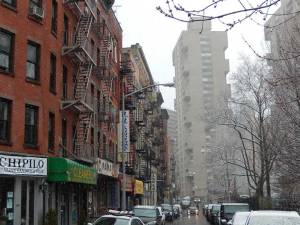
All that remains of Mulberry Bend today, is a tiny sliver of land on the east side of Columbus Park.
During the Civil War, the Dead Rabbits, an Irish street gang, headquartered their gang on Mulberry Street where they battled anti-Irish nativist American Gangs like The Bowery Boys and Bill the Butcher Poole. By the 1870s, a gang called the Whyos, known for their war-cry “WHY-O”, dominated Mulberry Street and the Five Points. Formed by Dandy Johnny Dolan, a well-coiffed killer with axe blades embedded in his fighting boots, and Danny Lyons, a homicidal pimp, the Whyos became the first true organized gang on Manhattan, offering services like beatings and contract killings.
3 Columbus Park: The End of Mulberry Bend
Armed with nothing more than a camera, Jacob Riis explored the back alleys, saloons and rear tenements of the Five Points, documenting the squalor of the Bend and other slums. Riis published his work in a landmark text titled: How the Other Half Lives. A best seller, Riis’ book led to the demolition of Mulberry Bend and the heart of the Five Points.
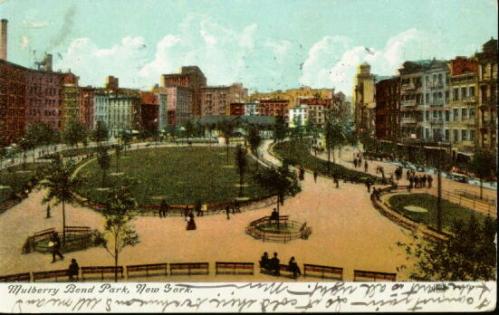
The city demolished Mulberry Bend in 1897 and created Mulberry Bend Park which was later renamed Columbus Park.
In 1897, the city erected Five Points Park on the newly cleared land, hoping that the clean air and grass would reduce crime and give children a play to play. The largely Italian population of Mulberry Street later renamed the park Columbus Park in 1910.
4 The Tombs
125 White Street
The Tombs may be the most infamous site on Manhattan Island. Built as a holding tank for accused criminals awaiting trial in 1838, the Tombs or Halls of Justice brought law and order and a modern criminal justice system to the city.
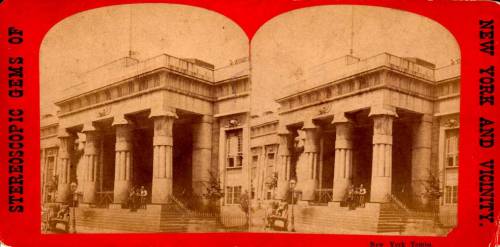
Constructed in 1838 on top of the old Collect Pond, Manhattan’s Halls of Justice or Tombs was built to house prisoners awaiting trial.
Designed by the visionary architect John Haviland to resemble an Egyptian sepulcure, the Tombs stood in the heart of the Five Points on unstable landfill on top of the old Collect Pond. Soon after its construction, the granite prison began to sink into the waterlogged soil.
A pedestrian bridge that separated the men and women’s cells became known as the Bridge of Sighs because death row inmates would have to walk across this bridge to the gallows. Whyo leaders Danny Lyons and Dandy Johnny Driscoll were hanged in the Tombs in 1876.
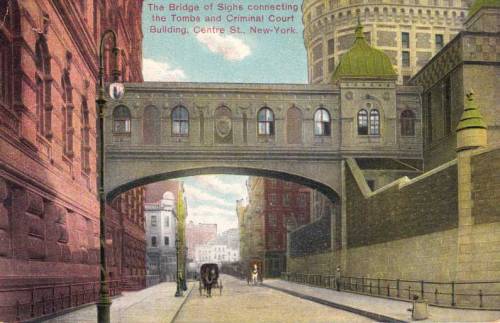
Criminals called this walkway The Bridge of Sighs, because death row inmates would have to walk across this bridge to the gallows.
By the 1880s, the Halls of Justice packed over 400 inmates into a leaky, sinking, diseased structure. In 1902, city officials raised the old tombs, replacing it with a Norman castle tower, but a century later, the name stuck and the Tombs can still be found on White Street today.
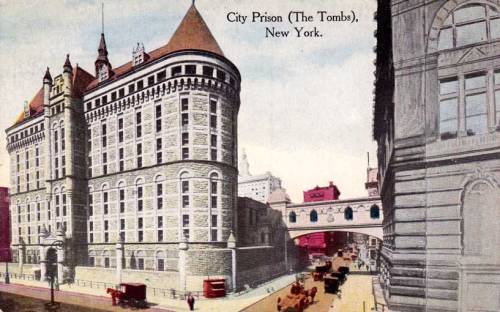
By the 1880s, the Halls of Justice packed over 400 inmates into a leaky, sinking, diseased structure. In 1902, city officials raised the old tombs, replacing it this Norman castle tower.
5. 5th Precinct
19 Elizabeth Street
Opened in 1882, the 5th Precinct policed the Five Points, Chinatown, and Little Italy for more than a century, battling the Irish gangs, the Italian Mafia and the Chinese tongs. Designed by The NYPD’s official architect, Nathaniel Bush, the precinct contained 12 cells for women and 16 cells for men.
6 The Bloody Angle
Doyers Street
Click for more on the Tong Wars
Chronicler of the Gangs of New York, Herbert Asbury, described Doyers Street as:
“…a crooked little thoroughfare which runs twistingly, uphill and down from Chatham Square to Pell Street, and with Pell and Mott forms New York’s Chinatown.”–Herbert Asbury, Gangs of New York
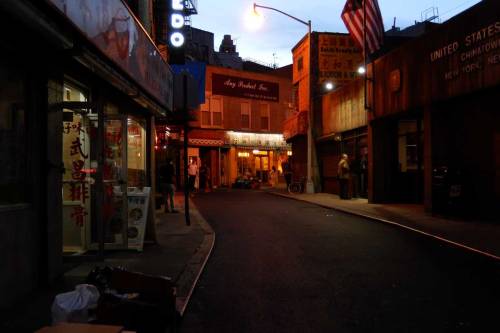
For generations the Chinese Gangs of New York, known as Tongs, battled for control Doyers Street’s opium dens and fan-tan games.
For generations the Chinese Gangs of New York, known as Tongs, battled for control Doyers Street’s opium dens and fan-tan games. The Hip Sing Tong, led by one-man-wrecking crew, Mock Duck, ran Pell Street, while Tom Lee’s On Leongs controlled Mott. Doyers Street served as No-man’s and the rumbles earned the street the nickname, “The Bloody Angle.” The site of many gang wars and massacres, Doyers Street concealed a network of tunnels beneath the street for easy escapes from the police.
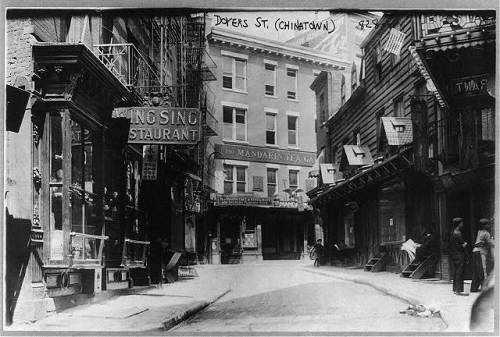
Doyers Street
7 King of the Bowery:
Big Tim Sullivan’s Occidental Hotel
341 Broome Street (Now the SoHotel)
As the machine age dawned, Big Tim built an empire. He controlled the most powerful gangs in New York and made a name for himself in politics. Using the assistance of the Whyos, Monk Eastman and Paul Kelly, Sullivan served in the New York State Assembly for 7 years, sat on the NY State Senate from 1809 to 1902, and was elected to U.S. Congress, all while controlling an illegal gambling syndicate that charged gambling parlors a fee for staying in business. From six saloons below 14th street, the members of the Sullivan clan dispensed wisdom, patronage and graft. During Thanksgiving he gave turkeys to the poor and handed out hot dinners on Christmas.

Now called the SoHo Hotel, the Occidental Hotel housed Tammany Hall’s Big Tim Sullivan and a five year long 24/7 poker game.
In 1905, when Big Tim’s wife divorced him for his crooked and philandering ways, the Big Fella took up residence at the Occidental Hotel. Sullivan could be found 24/7 in the bar room beneath a world-famous nude ceiling fresco of the huntress Diana. According to Bowery legend, the hotel ran a poker game for five straight years without stopping.
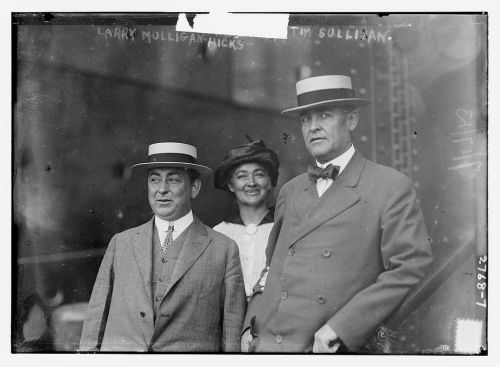
Tammany Hall’s King of the Bowery, Big Tim Sullivan.
8 Battle of Rivington Street
Rivington and Allen
The Whyos crumbled in the 1890s and two gangs took their place. Split in half by the Bowery, the great street of pleasure, passion and depravity- the Monk Eastman Gang fought Paul Kelly’s Five Pointers for control of gambling houses, opium dens and other Bowery rackets. Monk Eastman’s army of street fighters controlled everything east of the Bowery. To the west, Paul Kelly’s Five Points Gang dominated the old Five Points and the ghettos of Little Italy. Big Tim’s patronage allowed both mobs to grow out of control, expanding into each other’s territory with explosive results.
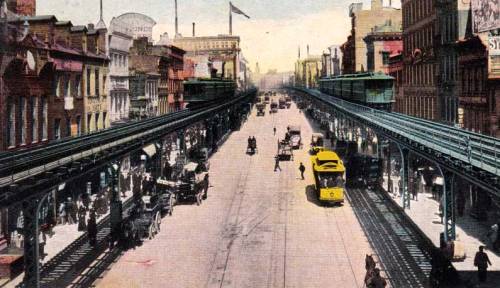
The Monk Eastman and Paul Kelly gangs shot it it out under the elevated train tracks on Rivington Street.
On an election day in September 1903, Eastman and some henchmen out repeat voting for the Tammany ticket ran into Kelly’s men on a similar mission. Punches were thrown and Eastman vowed to return. The next day Eastman and his torpedoes dashed into a Five Point saloon and shot the joint to pieces.
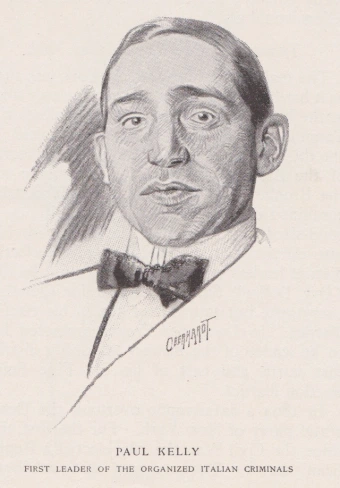
Kelly roused his mob and headed to the intersection of Rivington and Allen Streets for revenge. Kelly found Monk and a crew relaxing under the elevated train tracks. In an instant, a hurricane of lead erupted and the Battle of Rivington Street commenced. According Inspector Schmittberger of the NYPD:
“They shot up the town in regular Wild West style.”–NYPD Inspector Schmittberger
For nearly an hour, the Eastmans and the Five Pointers shot it out, bobbing and weaving under the steel pillars. It took fifty police officers armed with rifles to break up the rumble. When the smoke cleared, three men were dead and a score wounded.

Known for wearing a derby hat several sizes too small, Monk was never a dapper mobster.
The police arrested Monk under the alias, William Delaney. As usual, Tammany hired lawyers beat the charges, but the Hall and Big Tim Sullivan distanced themselves from the uncontrollable Eastman. Monk landed in Sing Sing less than a year later.
9 Old St. Patrick’s Cathedral
263 Mulberry
Summers in Mulberry Bend could be brutal. The stifling heat and rampant diseases killed thousands every year. To beat the heat every summer, the Whyos moved a few blocks uptown in search of fresh air.
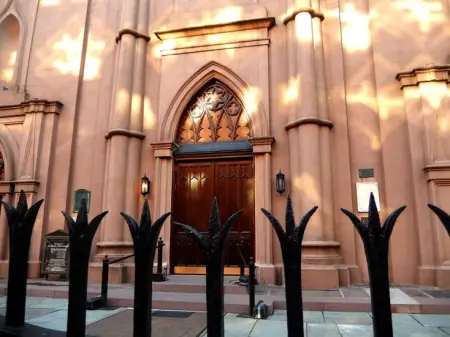
Old Saint Patrick’s Cathedral on Mulberry Street.
According to Herbert Asbury Author of the Gang’s of New York:
“The Whyos maintained their principal rendezvous in Mulberry Bend…although during the summer many of them could always be found lounging in a Churchyard at Park and Mott Streets”–Herbert Asbury, Gangs of New York
Built as New York’s first St. Patrick’s Cathedral and first Catholic cemetery, the walled Old St. Pat’s looks more like a fortress than a church. Parishioners built heavy brick walls around the grounds for protection during anti-catholic riots led by nativist gangs before the Civil War.

Before the Civil War, parishioners fortified St. Patrick’s Cathedral with a brick wall to protect it from anti-Catholic riots.
In the 1870’s, the Whyos took up residence haunting the graveyard. On any given night, a visitor could find Whyo members: Piker Ryan, Baboon Connolly, Goo Goo Knox and other colorfully named hoodlums.
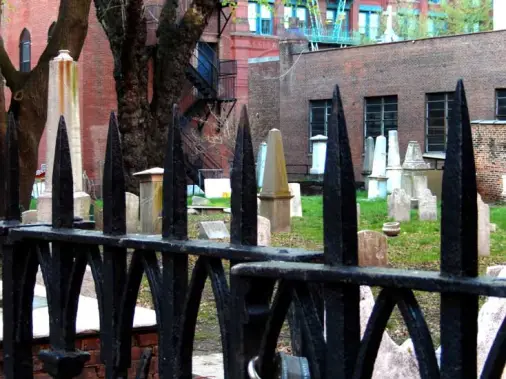
During the Summer, the Whyos loafed around in Old St. Patrick’s cemetery.
10 McGurk’s Suicide Hall
295 Bowery
Demolished
Opened in 1893, by John McGurk, this low dancehall and brothel catered to prostitutes and female criminals such as famed thief, Sophie Lyons. McGurk, a career shanghaier, made a living luring sailors to his saloons and drugging them with chloral-hydrate with the assistance of his waiter Short-Change Charley and the ferocious bouncer and former champion pugilist, Eat Em Up Jack McManus. In time, McManus’s body became a patchwork quilt of wounds and welts. His front teeth were knocked out. A knife scar ran across his throat from ear to ear (back before one of his ears was chewed off in McGurk’s).

McGurk’s was relatively unknown until a wave of suicides hit the dance floor in 1899. Six prostitutes, tired of their hardscrabble lives, killed themselves in the bar. Ever a humanitarian, McGurk renamed the bar Suicide Hall in an attempt to capitalize on the publicity. Scores of suicide attempts followed. Police Commissioner Theodore Roosevelt ordered the saloon closed in 1903.
11 The Death of Eat Em’ Up Jack McManus
Bleecker and Bowery
Click for the complete story of Eat Em Up Jack
After the closure of McGurk’s, Eat Em’ Jack McManus moved into Paul Kelly’s full time employ as a bodyguard. One night, Chick Tricker, a member of the Jack Sirocco clique, drunkenly wandered into Kelly’s Jones Street club and insulted the showgirls. McManus stepped in, throwing Tricker out on his ear. During the scuffle, Jack put two bullets in Tricker’s leg.

Without a whisper, a whimper or a groan, Thomas “Eat ‘Em Up Jack” McManus fell face down into his derby.
The next day, Eat ‘Em Up Jack walked down the Bowery. As he reached the corner of Bleeker Street, a burly hoodlum named Sardinia Frank stepped from the shadows clutching a gas pipe wrapped in newspaper (fingerprints could not be lifted from newsprint), and smashed McManus in the back of the head. McManus died in Belleview Hospital calling out for his beloved wife Gertrude. He was 40 years old.
12 Little Naples Cafe and New Brighton Athletic Club
57 and 59 Great Jones Street
Click for a longer story on Paul Kelly
Part bareknuckle boxing gym and part red sauce joint, the New Brighton Athletic Club and Little Naples Cafe served as the Paul A. Kelly Association headquarters, an organized hoard of repeat voters, ex-pugilists, pimps, and gangland heavies otherwise known as The Five Points Gang.
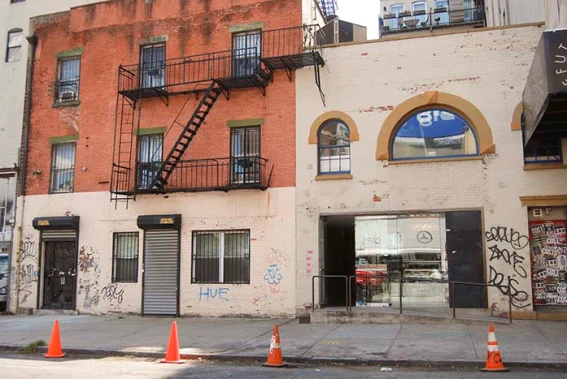
Paul Kelly’s New Brighton Athletic Club (right) and the Little Naples Cafe (left) today. Jean Michel Basquiat would later die of an overdose in the loft above the New Brighton.
After the demolition of Mulberry Bend, Kelly led his gang uptown to Jones Street on the fringe of the Bowery. Kelly’s real name was Paolo Antonio Vaccarelli. The police closed the bar after a gunfight in 1905.

13 Siegal’s Cafe
76 Second Avenue
Click for the complete story of Siegal’s Cafe
In the wake of the imprisonment of Monk Eastman, the Jewish elements of his mob struck out and formed a new clique centered in a small cafe on Second Avenue. Owned and operated by Big Alec Horlig and Little Louis Siegal, Siegal’s Cafe quickly became the nexus of the Jewish Underworld.
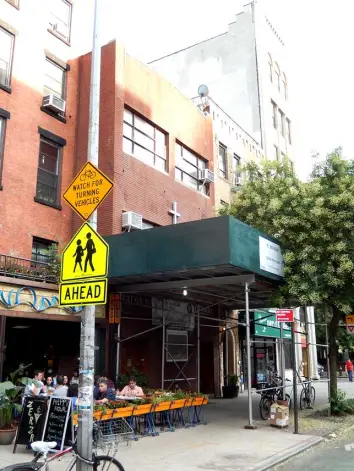
Now an abandoned church, Siegal’s Cafe at 76 Second Avenue was anything but holy. During the early 1900s, the Cafe was the headquarters of the Jewish mob.
However, the unpretentious accommodations still attracted a veritable who’s who in the Jewish mob. On any given night, a visitor might find “Jenny the Factory” Fischer, a madam and sometime prostitute who would go on to testify against Lucky Luciano and send him to prison. Big Jack Zelig, another Siegal’s Cafe habitue and heir apparent of the old Monk Eastman Gang, used the cafe as his headquarters, as did strikebreaker Dopey Benny Fein, casino tycoon Sam Paul, and a young pickpocket named Waxey Gordon. Siegal’s Cafe closed after Big Jack Zelig was put on the spot in 1912.
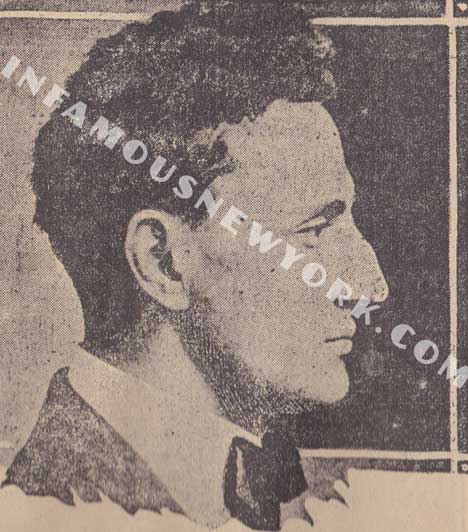
Big Jack Zelig, leader of the Jewish Mob hug his derby at Siegal’s Cafe.


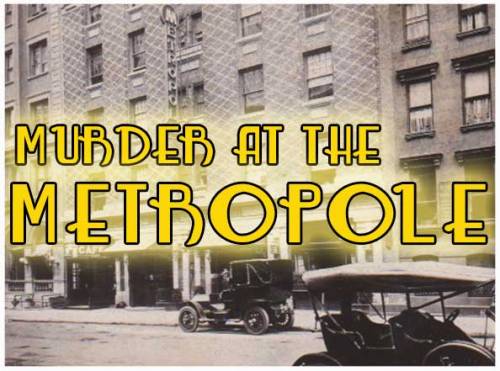
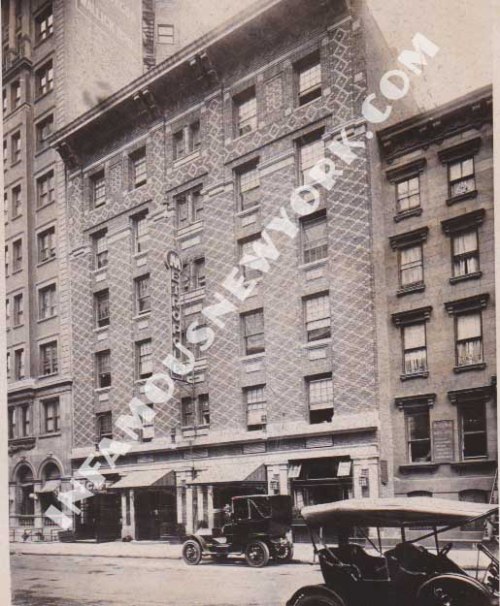
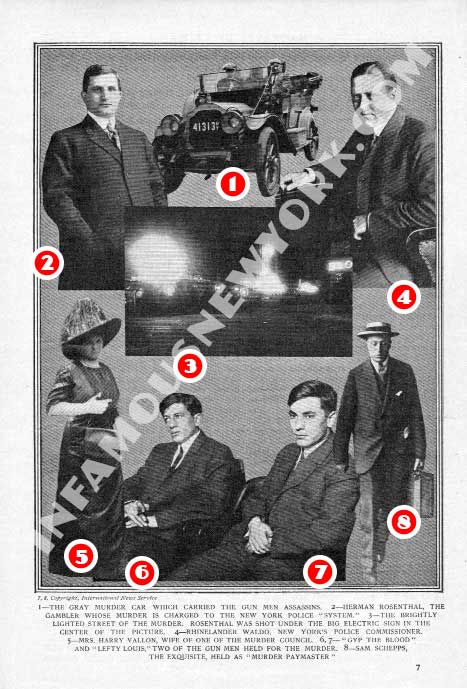
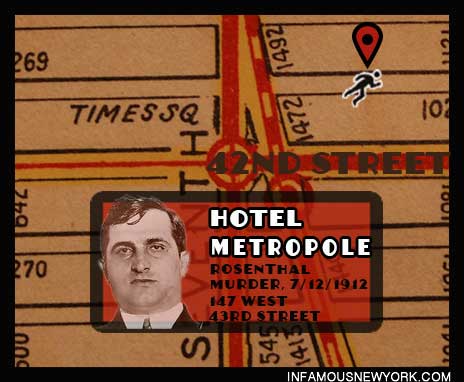

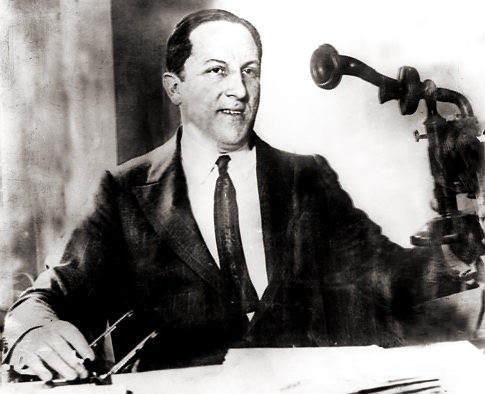
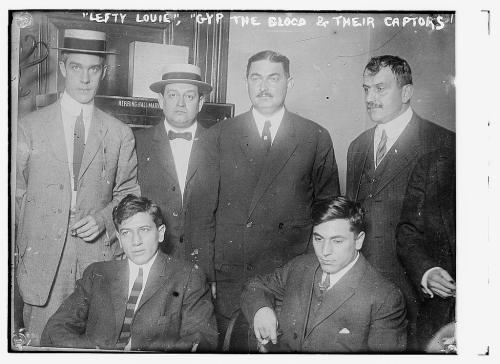
 NYPD officer Charles Becker was sentenced to death for the crime.
NYPD officer Charles Becker was sentenced to death for the crime.